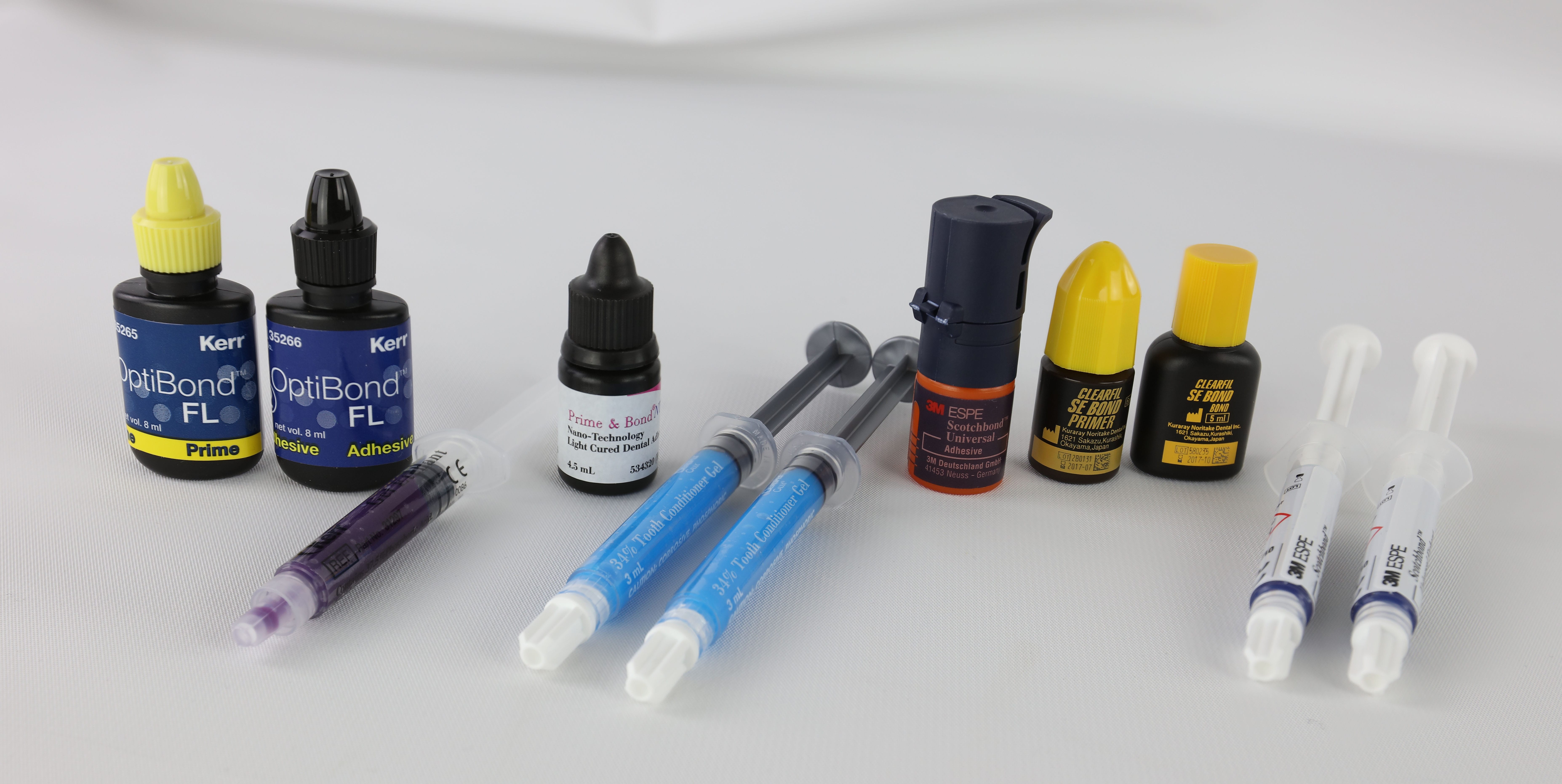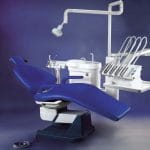Maintaining good oral hygiene is vital not only for a radiant smile but also for your overall health. Regular dental check-ups and cleanings are key components in preventing dental issues and catching problems early. However, did you know that there are different types of dental cleanings, each serving a specific purpose? In this engaging guide, we’ll delve into the essential differences between regular and deep dental cleanings, helping you determine which procedure aligns best with your oral health needs.
What Are Regular Dental Cleanings?
Regular dental cleanings, often referred to as prophylaxis or routine cleanings, are fundamental to preventive dental care. Most patients should schedule these cleanings every six months to maintain optimal oral hygiene and prevent potential dental problems.
What Happens During a Regular Cleaning?
During a regular cleaning, a skilled dental hygienist will typically:
- Examine Your Mouth: Check for visible signs of oral health issues, such as cavities or gum inflammation.
- Remove Plaque and Tartar: Using specialized tools, the hygienist will scrape away plaque and tartar (hardened plaque) from your teeth surfaces, between teeth, and along the gum line.
- Polish Your Teeth: A gritty toothpaste is utilized to polish your teeth, effectively removing surface stains for a smooth and shiny finish.
- Floss Between Teeth: The hygienist will floss between your teeth to eliminate any remaining debris.
- Apply Fluoride Treatment: In some cases, a fluoride treatment may be applied to strengthen tooth enamel and prevent cavities.
Benefits of Regular Cleanings
Regular dental cleanings offer numerous benefits:
- Prevent Cavities and Gum Disease: By removing plaque and tartar, these cleanings help avert tooth decay and gum inflammation.
- Freshen Breath: Eliminating bacteria and food particles can significantly improve breath odor.
- Maintain a Brighter Smile: Polishing helps remove surface stains, keeping your teeth looking whiter.
- Early Detection of Dental Issues: Regular check-ups allow dentists to catch and address problems early on.
Deep Dental Cleanings: When Are They Necessary?
Deep dental cleanings, also known as scaling and root planing, are more intensive procedures typically recommended for patients exhibiting signs of gum disease or periodontitis. Unlike regular cleanings that focus on the visible parts of the teeth and along the gum line, deep cleanings target areas below the gum line.
When Is a Deep Cleaning Required?
Your dentist may suggest a deep cleaning if you experience:
- Deep pockets (spaces between your teeth and gums) measuring more than 4-5 millimeters.
- X-rays indicating bone loss around your teeth.
- Persistent bad breath or an unpleasant taste in your mouth.
- Red, swollen, or bleeding gums.
- Loose teeth or receding gums.
The Deep Cleaning Procedure
A deep dental cleaning generally involves two main steps:
- Scaling: The dentist or hygienist removes plaque and tartar from both above and below the gum line, cleaning down to the bottom of the pocket.
- Root Planing: The root surfaces of the teeth are smoothed to remove infected tooth structure and encourage reattachment of healthy gum tissue.
This procedure may require multiple appointments and is often performed under local anesthesia for patient comfort.
Key Differences Between Regular and Deep Cleanings
Understanding the distinctions between regular and deep cleanings can help you appreciate their importance:
| Feature | Regular Cleaning | Deep Cleaning |
|---|---|---|
| Purpose | Preventive maintenance | Treatment for existing gum disease |
| Frequency | Every 6 months | As needed based on severity |
| Area Treated | Tooth surfaces & along gum line | Below gum line & root surfaces |
| Time Required | 30-60 minutes | Multiple appointments (1-2 hours each) |
| Discomfort Level | Generally painless | May cause more discomfort |
| Recovery | No recovery time needed | Possible sensitivity for a few days |
Benefits of Deep Dental Cleanings
While deep cleanings are more intensive, they provide significant benefits for patients with gum disease:
- Halt Gum Disease Progression: By removing bacteria below the gum line, deep cleanings can stop the advancement of gum disease.
- Promote Gum Healing: Smoothing root surfaces encourages healthy gum tissue to reattach to the teeth.
- Freshen Breath: Eliminating bacteria trapped in deep pockets significantly improves chronic bad breath.
- Protect Tooth Roots: Removing tartar buildup helps safeguard exposed tooth roots from decay.
- Prevent Tooth Loss: Early treatment of gum disease can prevent bone loss that leads to loose teeth.
Potential Risks and Side Effects of Deep Cleanings
While generally safe, it’s essential to be aware of potential risks associated with deep cleanings:
- Sensitivity: Teeth may be sensitive to hot and cold temperatures for a few days post-procedure.
- Gum Recession: Gums may recede slightly after a deep cleaning in some cases.
- Pain or Discomfort: Some patients may experience pain following the procedure.
- Infection Risk: There’s a small risk of infection, particularly for those with compromised immune systems.
- Root Damage: Rarely, aggressive cleaning could potentially damage tooth roots.
Discuss these potential risks with your dentist beforehand to ensure proper care post-procedure.
Preparing for a Deep Cleaning
If your dentist recommends a deep cleaning, consider these preparation tips:
- Discuss Your Medical History: Inform your dentist about any medical conditions or medications you’re taking.
- Consider Antibiotics: Your dentist may prescribe antibiotics before the procedure if necessary.
- Plan for Recovery: Arrange to take it easy for a day or two after the procedure due to possible discomfort.
- Quit Smoking: If you smoke, try to quit or at least reduce smoking before the procedure to promote healing.
- Arrange Transportation: If sedation is required during your appointment, have someone drive you home afterward.
Aftercare Following a Deep Cleaning
Proper aftercare is crucial for optimal healing after a deep cleaning:
- Follow Pain Management Instructions: Take over-the-counter pain relievers as directed by your dentist.
- Use Salt Water Rinses: Gently rinse with warm salt water to soothe gums and promote healing.
- Avoid Certain Foods: Steer clear of hot, spicy, or hard foods for a few days post-treatment.
- Practice Good Oral Hygiene: Continue brushing gently and flossing while being extra cautious around sensitive areas.
- Attend Follow-Up Appointments: Your dentist may want to monitor your healing progress.
Preventing the Need for Deep Cleanings
While sometimes necessary, you can reduce your risk of needing deep cleanings by:
- Practicing excellent oral hygiene (brush twice daily, floss daily).
- Attending regular dental check-ups (don’t skip biannual visits).
- Quitting smoking (as it increases gum disease risk).
- Eating a balanced diet rich in vitamins supporting gum health.
- Managing health conditions like diabetes that can elevate gum disease risk.
When to See a Dentist
While regular check-ups are essential, certain signs indicate it’s time for an earlier visit:
- Persistent bad breath or an unpleasant taste in your mouth
- Red, swollen, or bleeding gums
- Loose teeth or changes in how your teeth fit together
- Pain when chewing or sensitivity to temperature changes
If you notice any of these symptoms, don’t hesitate—schedule an appointment with your dentist. Early intervention can prevent more extensive treatments down the line.
Conclusion
Understanding the differences between regular and deep dental cleanings is crucial for maintaining optimal oral health. While regular cleanings form an essential part of preventive care, deep cleanings play a vital role in treating and managing gum disease. By staying informed about these procedures and practicing good oral hygiene habits at home, you can collaborate effectively with your dentist to keep your smile healthy and bright for years to come.
Remember that every individual’s oral health needs are unique; always consult with your dentist to determine the best cleaning regimen tailored specifically for you. With proper care and regular visits, enjoy the benefits of a healthy mouth—and wear that confident smile proudly!















